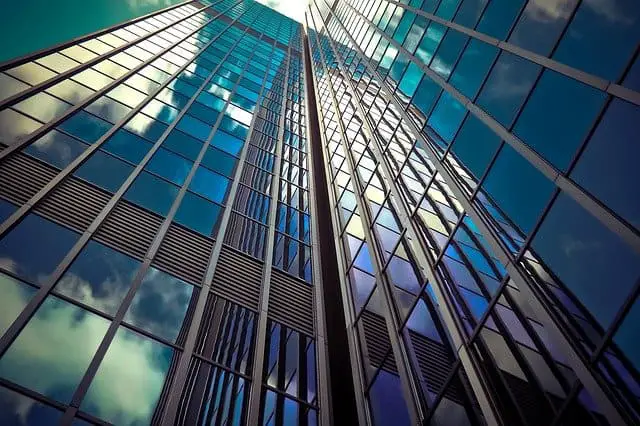Jesmonite is the go-to material for artists and architects who are looking for a safer alternative to building materials. It is a composite material made from a mixture of gypsum and acrylic.
There are different kinds of jesmonite available in the market and each type has a use of its own in the crafts and building industry.
Jesmonite is a versatile material that can be used in so many ways. It can be used both indoors and outdoors.
It is highly flame resistant and resistant to impact. In 2017, jesmonite was awarded the title of “Material of the Year” at the London Design Fair.
It has been recommended as an alternative to fiberglass and resin.
But the real question still stands; is jesmonite safe for the environment? Is every claim of eco-friendliness made by its makers true?
We think so! In the blog post, we will thoroughly explain what makes jesmonite so eco-friendly.
Sustainability of Jesmonite
After a lot of research, we think it is safe to say that jesmonite is relatively more sustainable than most alternatives.
It is composed of gypsum, a mineral found in abundance on Earth. So there is no threat of replenishing any mineral or non-renewable resource in the manufacturing process of jesmonite.
Moreover, it is water-based. Water-based products are processed more safely as compared to oil-based products that release toxins. The water-based property also allows jesmonite to have no adverse side effects.
It is also lightweight, does not emit toxic fumes, and has no documented health risks associated with it.
How Recyclable is Jesmonite?
Jesmonite is highly recyclable. However, different types of jesmonite are recycled in different ways.
Jesmonite products can be divided into two main categories; Acrylic Modified Gypsum Composites (AC100) and Acrylic Modified Cement Composites (AC730).
The type AC100 is recycled the same way as glass-reinforced plastic. Whereas, type AC730 can be recycled following the same recycling process as traditional glass-reinforced concrete.
Jesmonite also has a long life span because of gypsum. Gypsum is very durable and can last for years if used properly. This property of gypsum adds to the life span of jesmonite. This way it can be ensured that it won’t end up in landfills any time soon.
The borderline is, no matter what type, jesmonite is highly recyclable and does not release any toxic chemicals while doing so.
FAQS
- Is jesmonite natural?
Jesmonite is composed of gypsum and acrylic. Gypsum is a naturally occurring compound while acrylic is plastic. But when mixed with gypsum, the adverse effects of acrylic are neutralized. So, it can be considered natural.
- Is jesmonite contact safe?
Yes, experts believe jesmonite is the safest material out there. However, they do instruct us to avoid any skin contact. Use neoprene gloves when dealing with jesmonite, and consult a specialist in case of contact with skin.
- Is jesmonite food safe?
There has been no research done on this and we recommend not using jesmonite to create anything that comes in contact with food.




